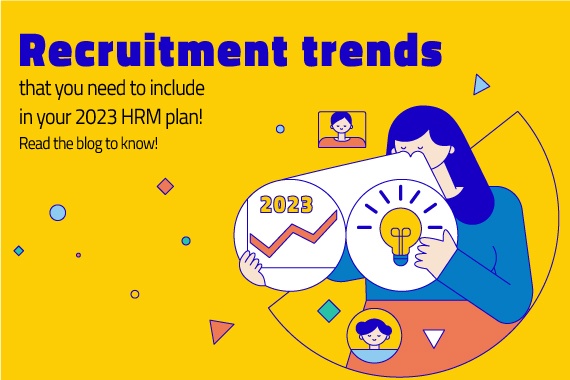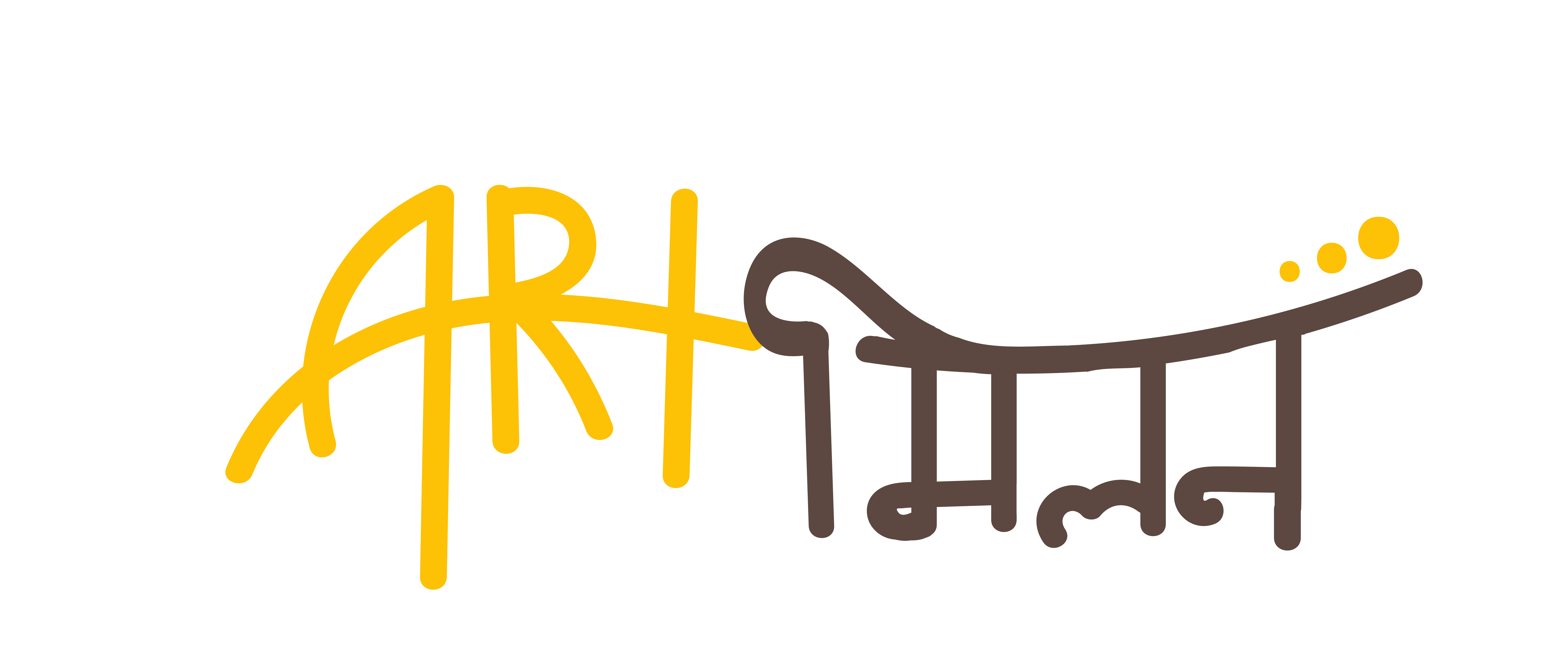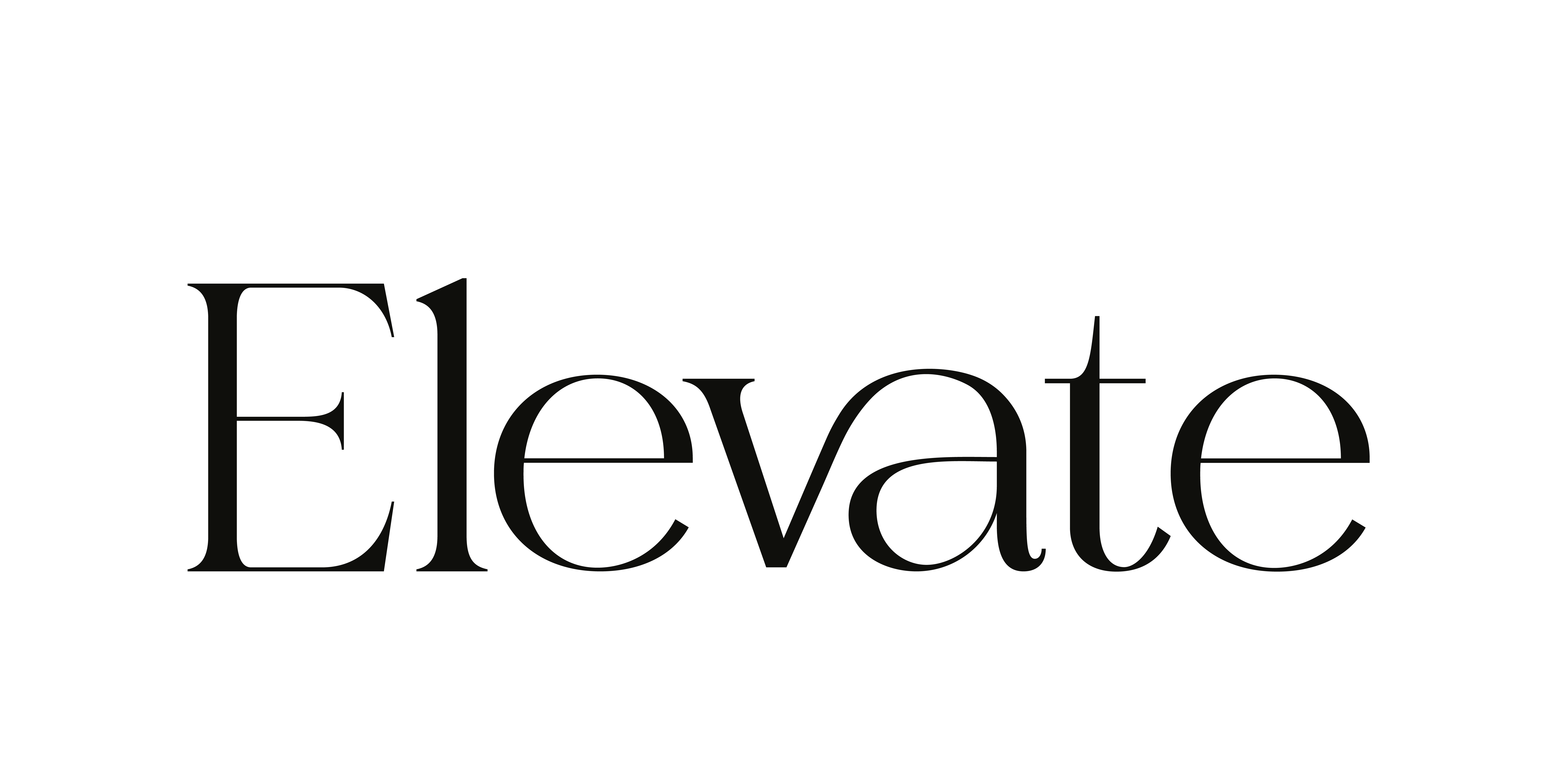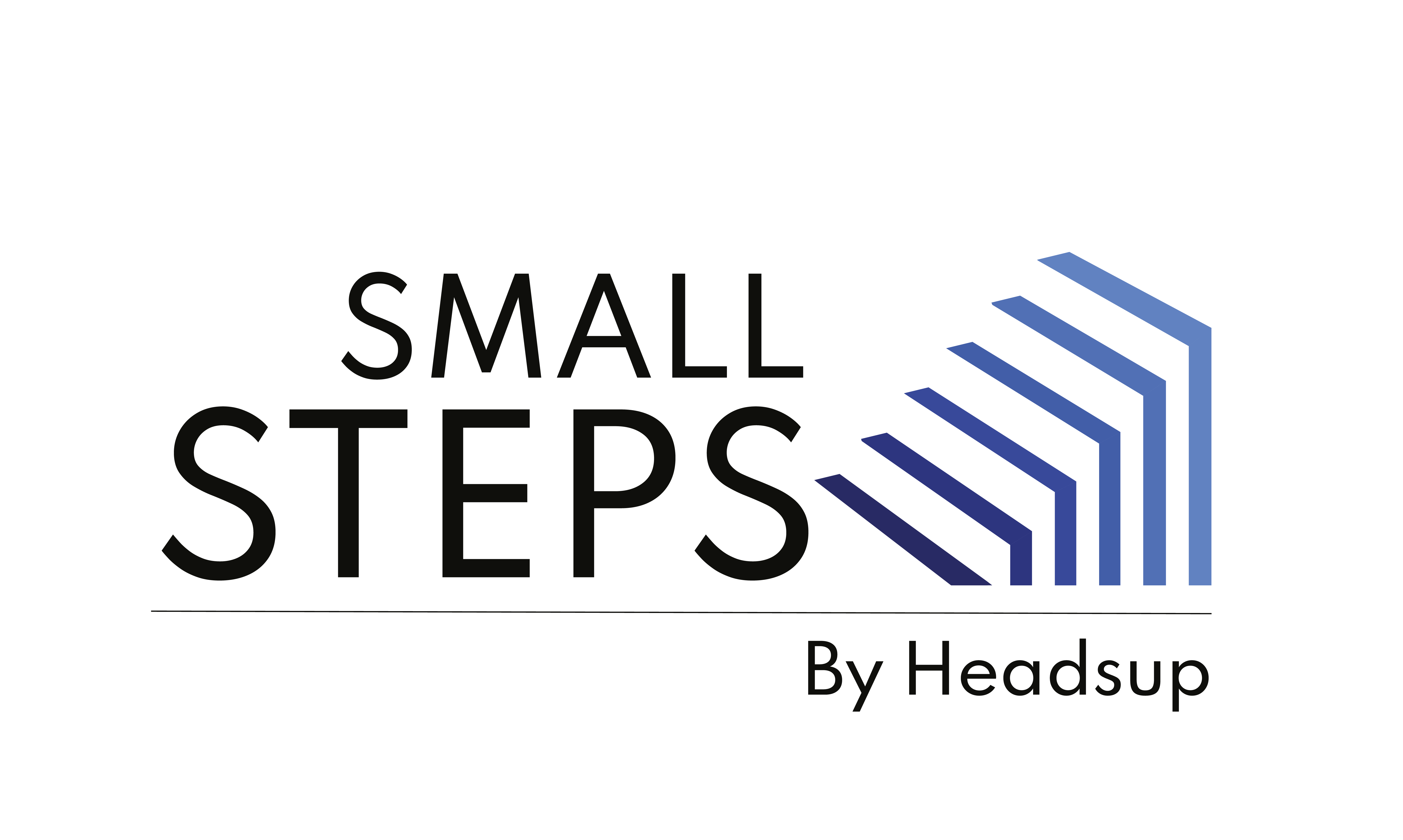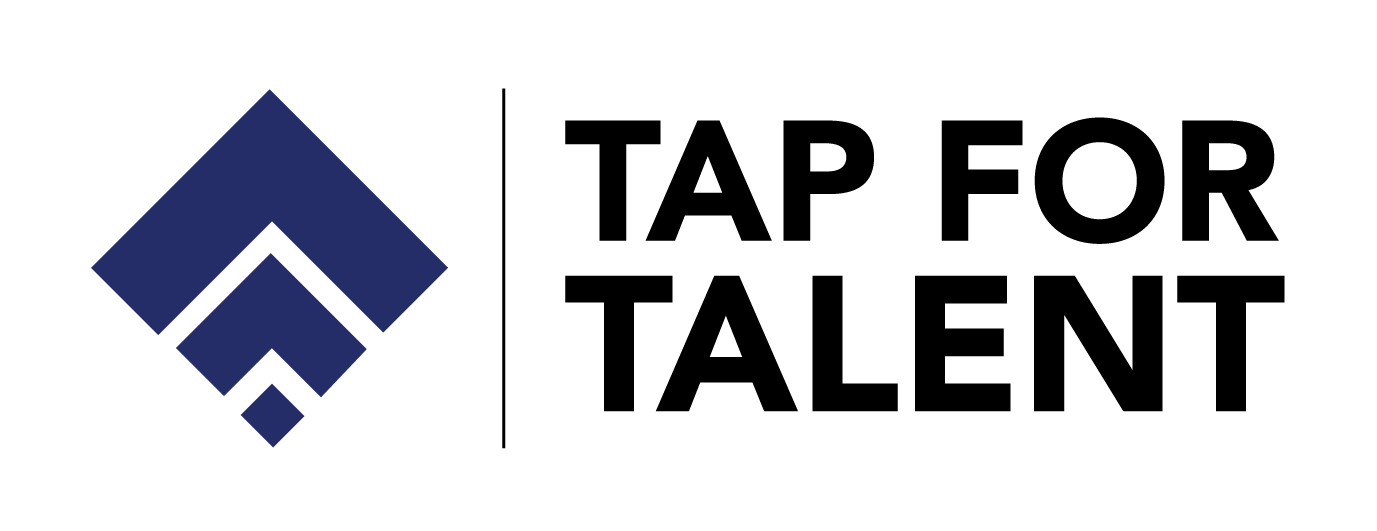Recruitment and selection in HRM is a misunderstood concept. Many times people confuse it with the talent acquisition and hiring process. However, the niche is a distinct field in itself. Especially, when the global market has shrunk and gone virtual in the wake of a global pandemic.
We all must agree that COVID has changed the way we work. Our recruitment process in HRM has changed drastically. Today’s talent or youth isn’t looking just for a high paying designation, they need quality of life, healthy workspaces and a collaborative space that works in their favour. Now, this makes the job of recruitment and selection in human resource management, a slippery slope.
Therefore, you need to add a few more steps in recruitment and selection process in HRM. Take a look at some of these futuristic recruitment and selection strategies that could work miracles for your organization.
Top 10 Recruitment Trends That You Need to Include in Recruitment and Selection in HRM
1. Mode of Work
With the new model, we have ushered into the era of different modes of work. Today, work schedules are flexible, people are willing to work from home or working in a hybrid space. One of the most lucrative offers that a potential talent gets is in terms of locale and mode of work. Ensure that the offer you are coming up with, has both and more. Be very clear about the way you want them to work and offer incentives accordingly. Usher into this modern era of briefcase workplaces and you will see the difference.
2. Diversity and Inclusivity
Make it a habit that your hiring and recruitment plan has a diverse criteria for hiring diverse people across the globe. There are five dimensions namely age, gender, ethnicity, geography and disabilities to assess. Now, you must remember that each of these niches have an array of talent. What you need to do is include them all with a proper plan. Diverse crowd is also a huge talent pool where you get to optimise all the benefits from some of the greatest minds.
3. Employer Branding
One of the most important hiring trends that every company should pay attention to is employer branding. Because every job applicant researches a company’s reputation and brand before applying for a position, employers are starting to understand how important it is to maintain or grow their brand image. Future candidates will want to work with a recognised organisation, just like clients do.
4. Improved Employer Experience
Reimagining the employer experience is another theme identified in the draught of recruiting trends. Companies that focus on employee engagement will outperform their rivals in terms of revenue growth by up to 2.5 times. However, it can be difficult to keep employees connected and interested in the new remote environment. And for this reason, recruiters will need to reimagine the employment experience and modify it for the brand-new environment.
5. Gamification
Employees run the risk of feeling lonely, disengaged, and bored without office and in-person connections. Because of this, one of the upcoming trends in hiring will be how to guarantee staff are happy and engaged. Gamification is among the finest ways to accomplish it. Ninety percent of new workers are more productive after gamification.
6. Recruitment Marketing
Recruitment marketing is another recent development in the field of hiring. This calls for integrating traditional marketing methods within your employment process. With the aid of effective marketing techniques, recruiters can identify, draw in, and develop talented candidates. In summary, you will encourage the individual to apply for employment opportunities at your firm by promoting the business or job opportunity to them.
7. Gig Economy
In the wake of the Pandemic, unemployment levels are greater than they were during the Global Recession, which means that many individuals are looking for work. Many of these job seekers will take into account temporary positions or gigs because they can foster employee engagement and innovation.
8. Payroll Flexibility
The modern market trend is altering our conventional methods of doing things as well. This is the reason how on-demand payments may end up being the expected trend. Personnel seek more flexibility and transparency in how they get paid, which might mean a sturdier need for finance departments to buckle up their offers.
9. Flexible Schedules
Young recruits will expect more flexible scheduling as working remotely as well as other prospective office reforms develop. Allowing new hires to select and modify their calendars is one of the forthcoming recruitment practices that we may anticipate.
10. Safety Guidelines
The global pandemic has left a significant impact on 2022’s hiring patterns. And safety at work will be one of the most important aspects. To make sure that they are in conformity with post-COVID-19 initiatives and directives, businesses will need to review and revise their adherence and safety protocols.
Conclusion
Recruitment is always going to be one of the most difficult undertakings. A good recruitment and selection strategy is what you need too boost your presence and leave a mark in the minds of future talent. Modern recruitment arena is a melting pot for all sorts of ideas and talents coming together. Ensure that you are able to do justice to all of them.
Frequently Asked Question(FAQs)
Are recruiting and selection in human resource management really necessary?
Having a strong recruitment and selection policy helps a business uphold its commitment to provide equal opportunity to all of its employees. It further ensures that the needs of the job are met. If you develop a unique recruitment and selection method, you can find the greatest candidates to fill your company’s hiring needs.
What selection and hiring procedures are used in HRM?
The following are some HRM recruitment and selection procedures:
- Make a list of your requirements before posting a position.
- It is necessary to write the job description.
- Make a recruitment plan.
- Select the best candidates.
- Conduct a telephone interview and a face-to-face meeting.
- Make an employment offer.

